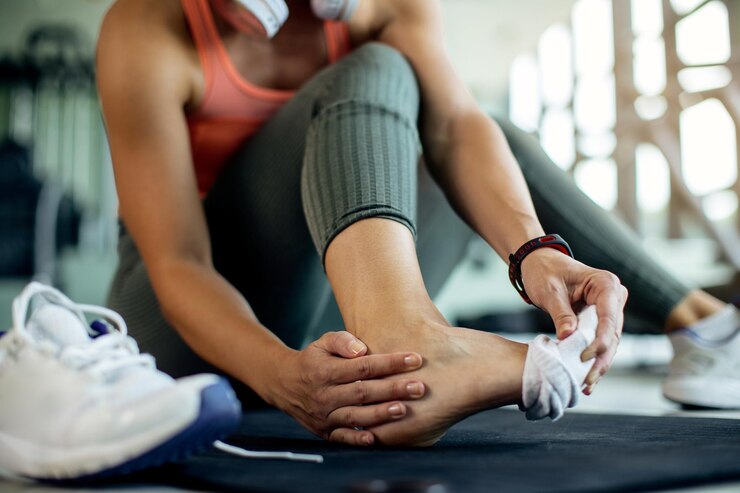
What Are Foot Blisters?
Foot blisters are small, soft bumps filled with fluid that can form on your feet. They usually develop due to friction, like when you’ve been walking, running, doing repetitive exercises, or wearing tight shoes for a long time. Other possible causes include allergic reactions, exposure to certain chemicals like detergents or cosmetics, fungal infections, and even frostbite. Aggressively pinching or crushing the skin can also trigger blisters.
How to Treat Foot Blisters at Home
Foot blisters can cause pain and discomfort, but they often heal on their own. That said, you can speed up the healing process with the following simple remedies:
1. Aloe Vera
Aloe vera is a versatile plant that works wonders on the skin. Its anti-inflammatory properties help reduce swelling and redness, while its soothing and hydrating effects promote faster healing.
– How to Use: Apply aloe vera gel directly to the blister and let it dry naturally before rinsing it off with warm water. Alternatively, you can mix aloe vera oil with vitamin E oil, apply the mixture, let it dry, and then rinse with warm water. Do this 3–4 times daily until the blister disappears.
2. Green Tea
Green tea is another great option for treating foot blisters, thanks to its anti-inflammatory compounds that reduce swelling and pain. Its antioxidants and vitamins also help the blisters heal more quickly.
– How to Use: Steep a green tea bag in hot water for about five minutes, then let it cool. Apply the cooled tea bag to the blister for 4–5 minutes. Repeat 3–4 times a day for a week. You can also drink green tea 2–3 times daily to support healing from the inside.
3. Apple Cider Vinegar
Apple cider vinegar’s antioxidants and antibacterial properties make it an effective remedy for blisters. It helps reduce pain and prevents infections.
– How to Use: Soak a clean cotton ball in apple cider vinegar and gently apply it to the blister. Let it dry naturally. To avoid stinging, you can dilute the vinegar with warm water. Another option is to mix one teaspoon of apple cider vinegar with half a teaspoon of onion paste, apply the mixture, let it dry, and rinse with warm water. Use this remedy twice daily for 4–5 days.
4. Epsom Salt
Epsom salt is an easy and effective way to treat foot blisters. It’s rich in magnesium, which helps reduce swelling, pain, inflammation, and the risk of infection.
– How to Use: Dissolve 1–2 teaspoons of Epsom salt in a basin of warm water. Soak your feet in the solution for about 15 minutes, then dry them and apply vitamin E oil to the blister. Do this once a day for 4–5 days for best results.
5. Castor Oil
Castor oil keeps the skin moisturized, reduces itchiness, and helps blisters heal faster.
– How to Use: Apply a thin layer of castor oil to the blister before bed and leave it on overnight. Repeat for 3–4 days. Alternatively, mix three teaspoons of castor oil with half a teaspoon of white vinegar and apply the mixture to the blister 3–4 times daily for a few days.
6. Chamomile
Chamomile’s healing and soothing properties can ease pain and reduce swelling.
– How to Use: Brew a cup of chamomile tea and let it cool. Soak a clean washcloth in the tea, squeeze out the excess liquid, and place the cloth on the blister for about 10 minutes. Do this 2–3 times a day until you see improvement.
7. White Toothpaste
Ingredients like baking soda, alcohol, menthol, and hydrogen peroxide in white toothpaste can help treat blisters and reduce itchiness.
– How to Use: Apply a small amount of white toothpaste to the blister and leave it on for about two hours. Rinse it off with warm water and gently rub some petroleum jelly onto the blister. Repeat 2–3 times daily until the blister heals.
How to Prevent Foot Blisters
The best way to prevent foot blisters is to minimize friction. Wear properly fitting shoes, especially during activities like walking, running, or exercise. Take breaks if you’re doing repetitive movements, and choose skincare products cautiously to avoid reactions.